Coronavirus at trade shows, steps to reduce transmission risks
Trade shows can be nasty places, filled with bacteria, viruses and other germs. CES for example, the world’s largest tech consumer show. It welcomes each year over 250k visitors in Las Vegas – and with it comes the iconic CES flu. You just can’t escape it!
It’s our job to attend shows, so we know all too well!
With the recent outbreak of the Coronavirus (aka. Wuhan Coronavirus) in China, trade show professionals, event managers and sales reps are rightfully concerned about the risks they expose themselves to in their line of work.
In this context, we’d like to remind everyone about some simple healthcare safety steps we recommend to follow to stay safe on trade shows and limit the spread of viruses such as coronavirus (and many other flu-like contagious viruses).
Wash your hands, often!
It sounds like a no-brainer, but remember that hand-shakes / hand-to-hand and hand-to-face contacts are the fastest way to transfer germs, bacteria and viruses.
Shaking hands is nearly unavoidable in some business situations. After all, you can’t simply fist-bump your boss. But if you can, always try to avoid it. The same goes for touching products on display, touch these with your eyes (not literally…).
You can make it a rule to head for the bathroom once an hour and wash your hands. Also, on that note, if you need to go for some private business, wash your hands before and after.
No matter what, avoid touching your face & eyes since this is how the virus will enter your body.
Don’t touch anything … if you can.
Doors, door handles, escalators, elevator buttons, everything! When we attend shows, we try to avoid touching things that have been recently touched by someone else. Viruses do not live long outside the human body, but bacteria and other germs do a better job at it (sadly).
Of course, in some cases – safety comes first – you’ll have to hold on to those handrails.
Use hand sanitizer, minimum once an hour.
Hand sanitizer is one of the best way to eliminate all nasties collected by your hands throughout the day. Make it a rule, every hour, to use some on your hands.
- As an exhibitor, make sure your exhibit house / agency stocked some up for your reception, meeting rooms and your staff’s rest area.
- As a show visitor, make it a point to sanitize each time you arrive and leave a booth. No exception.
Just got in town for a show and need some last minute? Check the nearest pharmacy or Amazon prime it!
Use face masks.
In western countries such as the US, Canada or Europe – face masks aren’t a thing … yet. But in Asia it’s seen as being polite and it isn’t a barrier to business. So let’s follow the example shall we?
Face masks are highly effective to protect others from yourself first. The WHO recommends it as a preventive measure against the Coronavirus. While it first protect other from you, it does protect you as well as you will be less-likely to touch your face while wearing a mask, therefor reducing the vectors of contamination.
We believe that it should almost become trade show policy to wear a mask as soon as you sneeze or have a runny nose. Masks are dirt cheap and can be bought by the hundreds. So no excuses. Ask you exhibit house to stock these up for you. You can get them from pharmacies, or again, Amazon it.
Don’t forget, these are “disposable”, so do dispose of them each day.
Feeling sick? Runny nose? Keep your virus off the floor!
Out there, there is a certain type of show professionals. They believe to be warriors. You can easily spot them filling up tissue papers, shaking hands as much as they can, and sneezing in all corners.
Some simple rules:
- If you don’t feel perfectly well, we would recommend you to stay home.
- If you can’t call-in sick. Face mask-up and keep away from the hand-shakes.
Conclusion
While it’s not possible to be 100% safe, it is fairly easy to follow these simple steps to protect yourself from most viruses and germs that circulate at trade shows. Most important is – if you are sick, don’t go. Everyone will thank you!
More information on the World Health Organization website.
Stay safe.


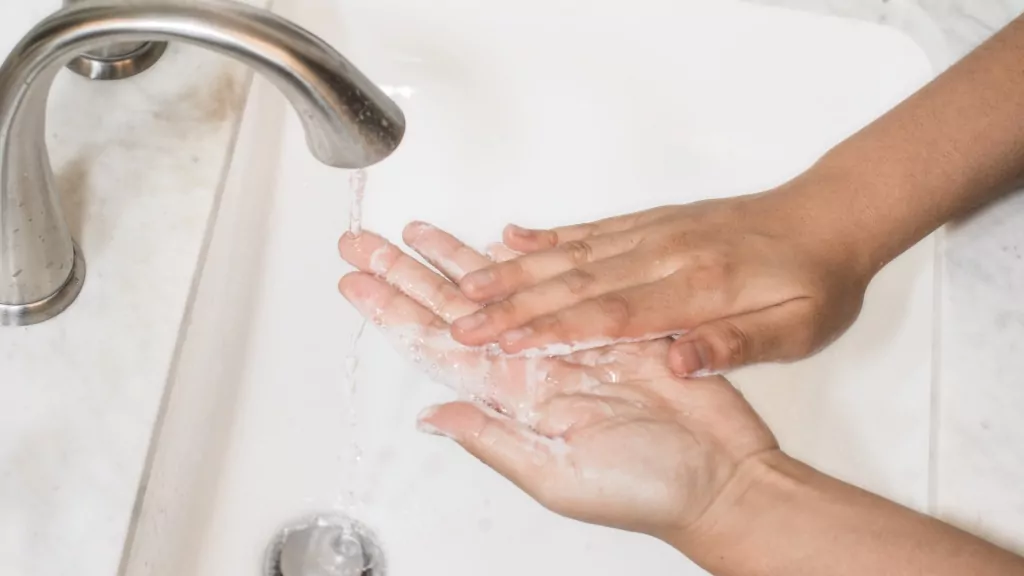

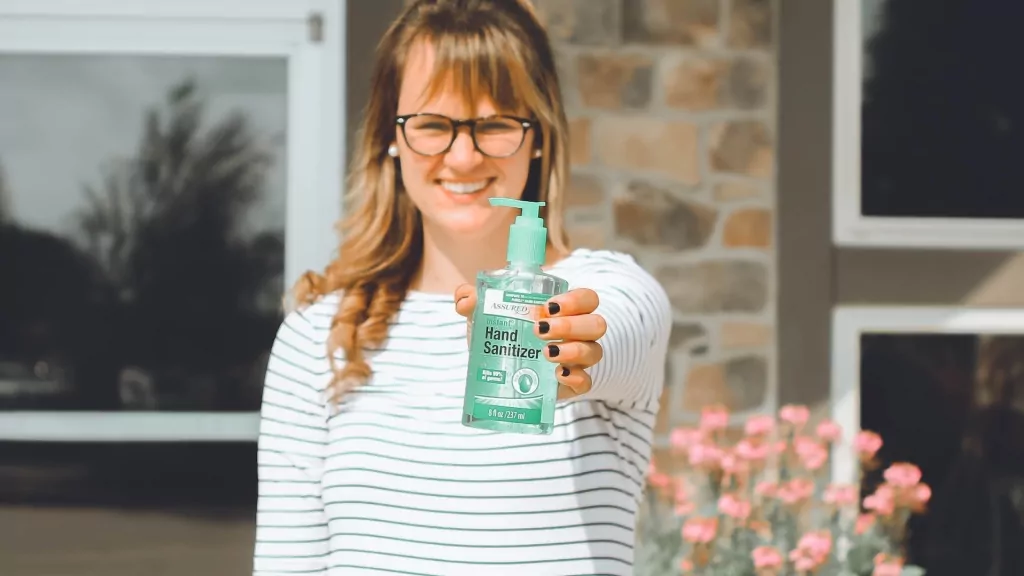
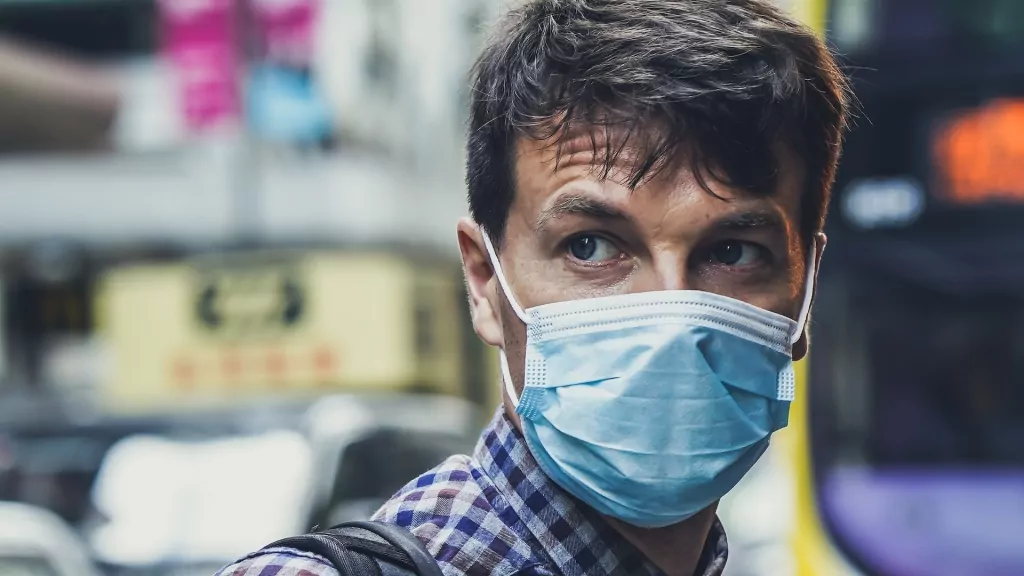
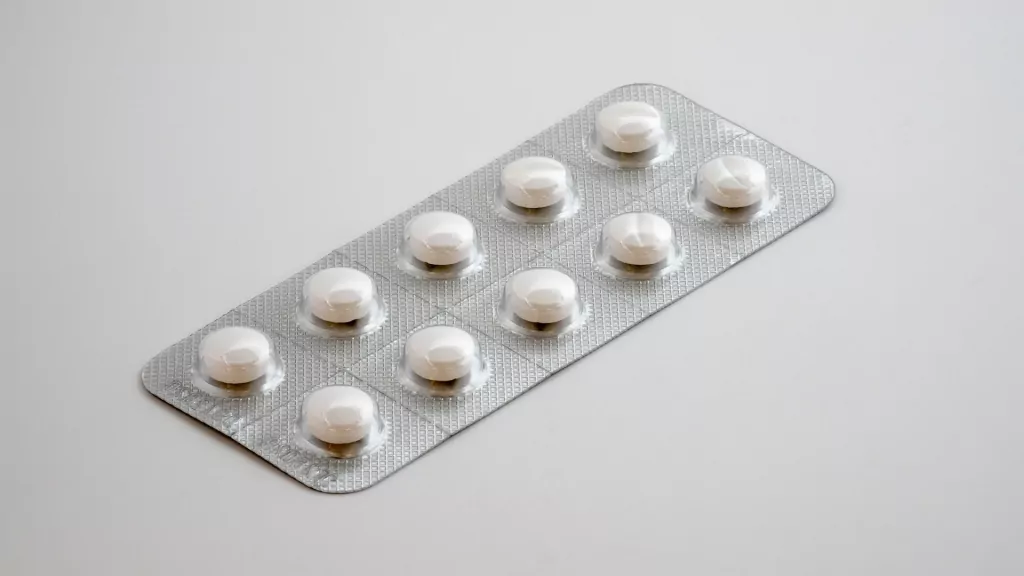
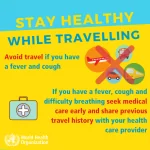
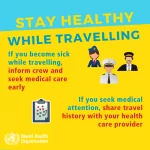
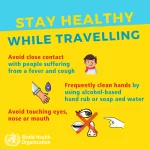
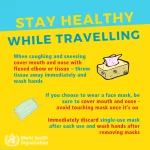

 Kirk Morales
Kirk Morales Ian Schneider
Ian Schneider Louis Reed
Louis Reed Ruthson Zimmerman
Ruthson Zimmerman Florian Olivo
Florian Olivo